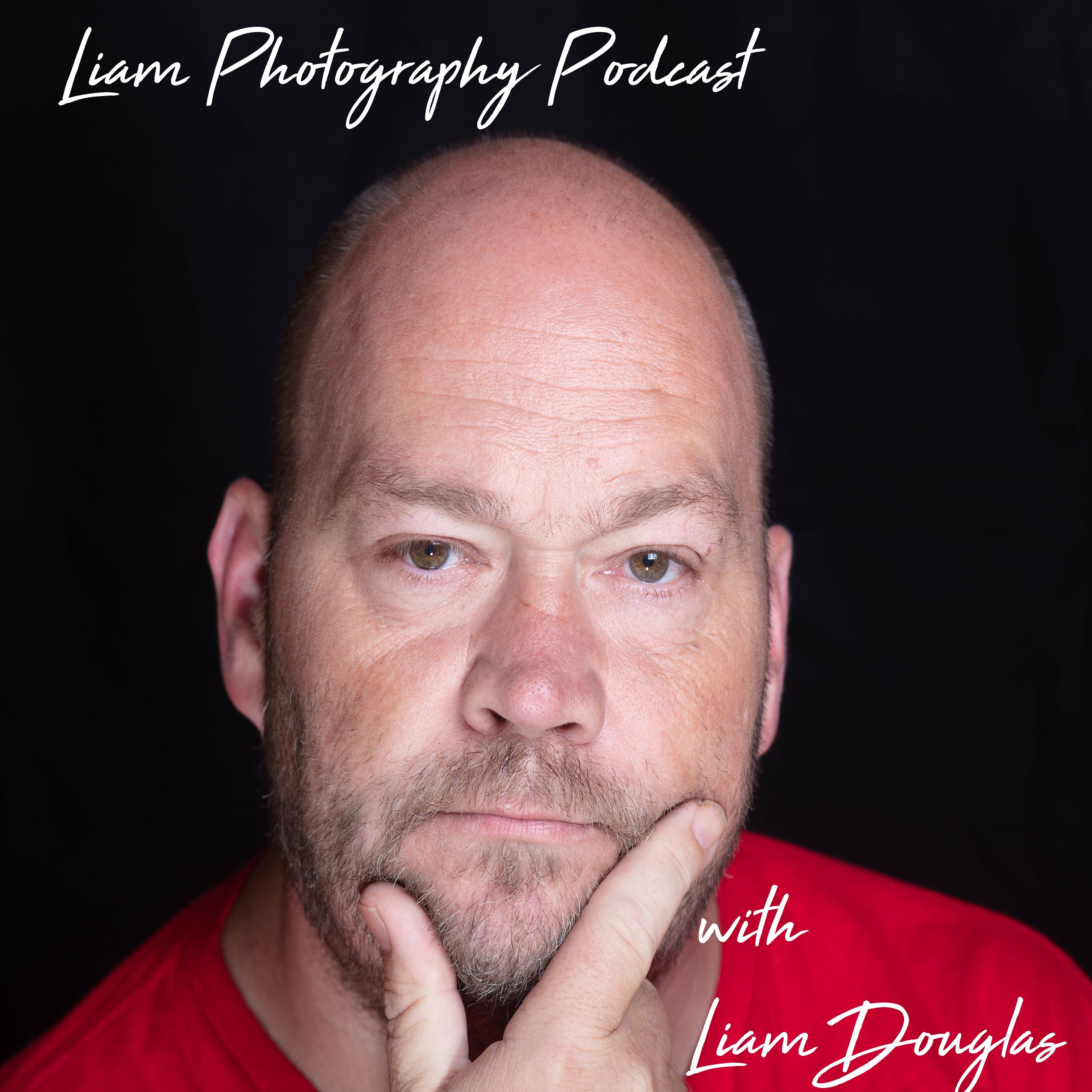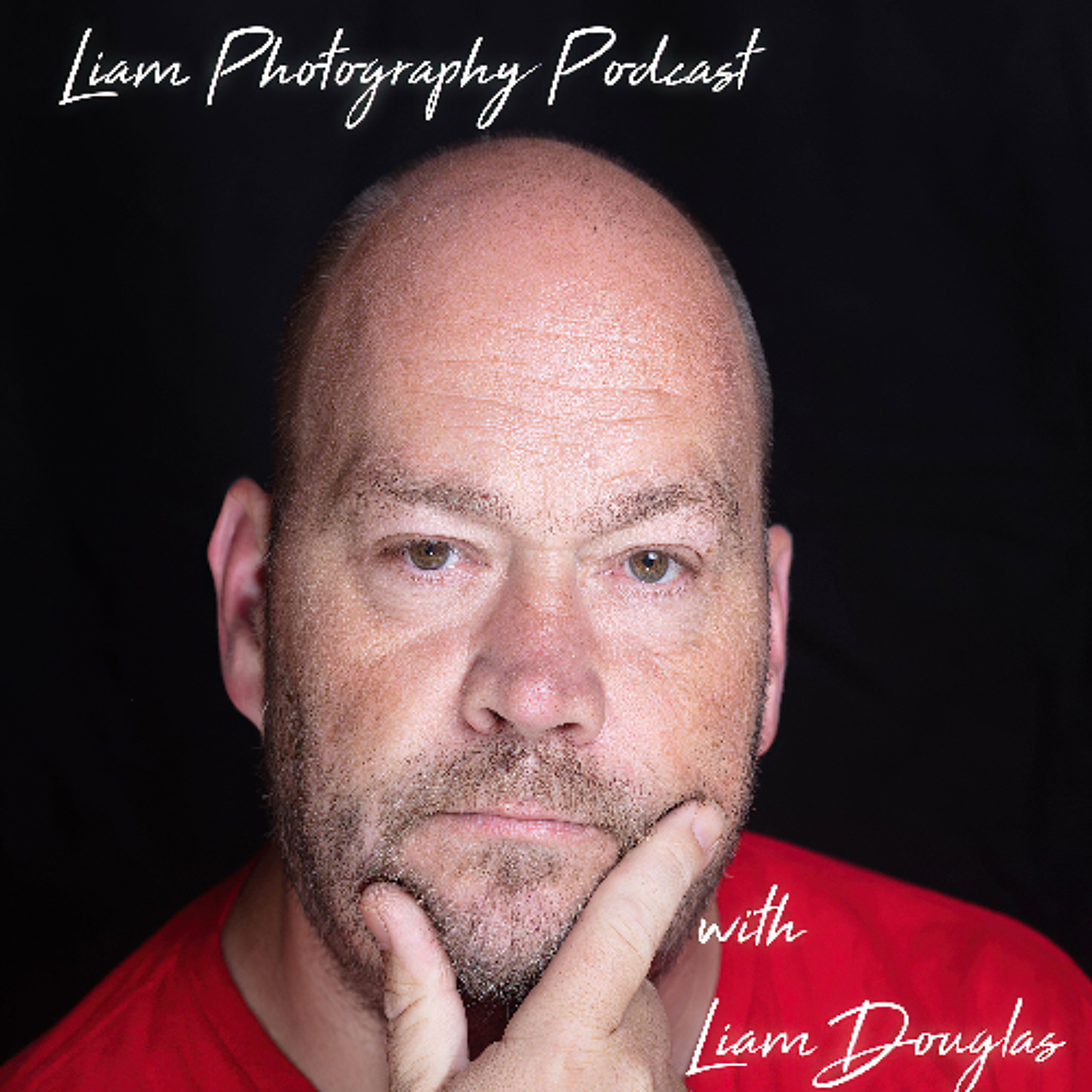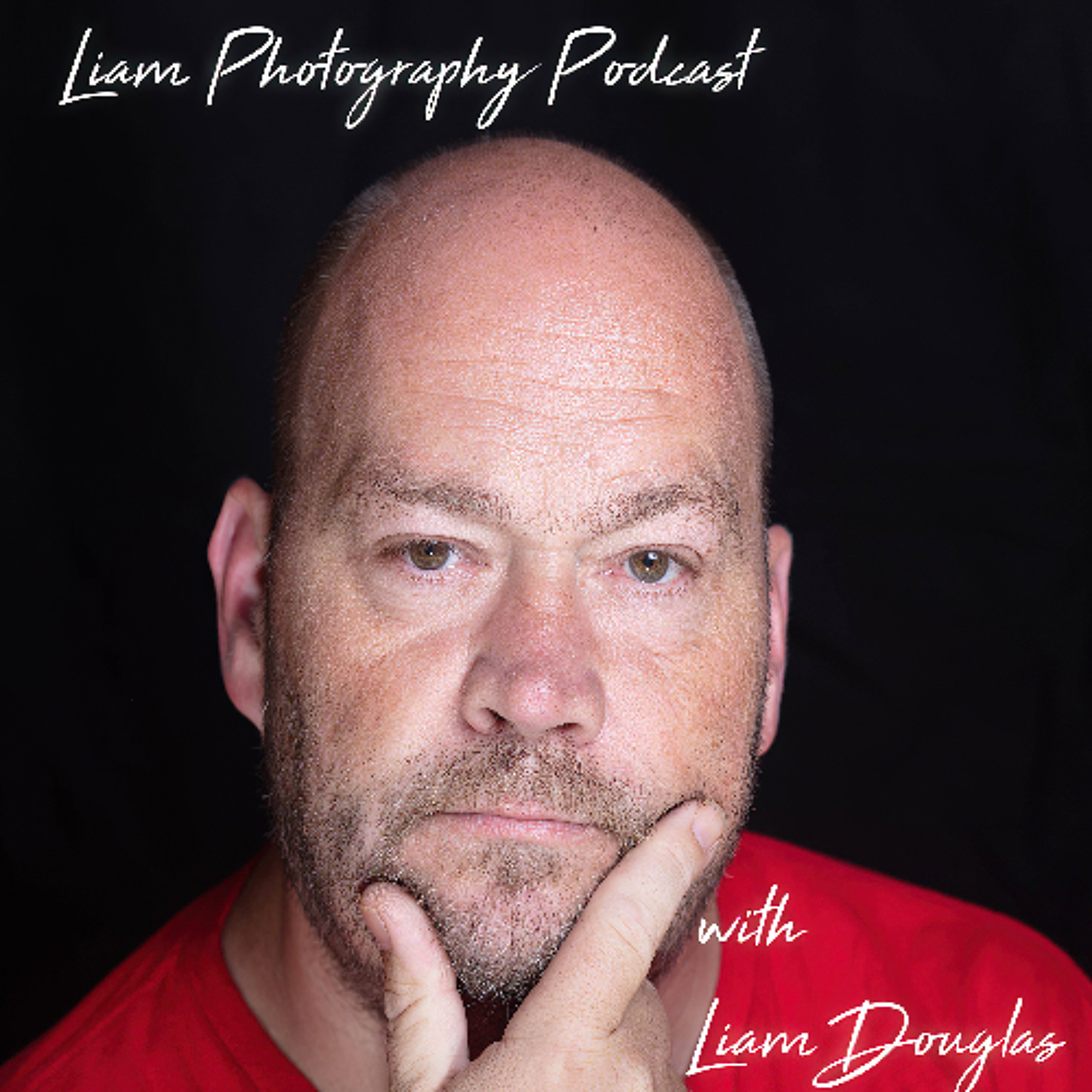You can find the show notes here
https://liamphotographypodcast.com/episodes/episode-312-what-are-the-best-settings-for-indoor-photography-234
Remember I now have my own discount code for all Platypod branded products at http://www.platypod.com using my code LD20 you can save 20% off on ALL individual Platypod branded products EXCLUDING Bundles, which are already discounted and Square Jellyfish or Lume Cube branded items.
Also be sure to join the Liam Photography Podcast Facebook Group https://www.facebook.com/groups/liamphotographypodcast/ You can reach the show by call or text @ 470-294-8191 to leave a comment or request a topic or guest for the show. Additionally you can email the show @ liam@liamphotographypodcast.com and find the show notes at http://www.liamphotographypodcast.com.
You can find my work @ https://www.liamphotography.net and follow me on Instagram, Facebook and Twitter @liamphotoatl. If you like abandoned buildings and history, you can find my project @ http://www.forgottenpiecesofgeorgia.com. and http://www.forgottenpiecesofpennsylvania.com.
Please also stop by my Youtube channels Liam Photography
Forgotten Pieces of Georgia Project
Forgotten Pieces of Pennsylvania Project
Show Notes
My latest contest is here
Greetings, you’re listening to the Liam Photography Podcast, I’m your host Liam Douglas and this is Episode 312. Today is Thursday February 2nd, 2023 and in this episode I am sharing what the best settings are for indoor photography.
Shooting indoors in low light is one of the most difficult types of photography that a photographer can undertake. The lighting is poor, even when it seems fine to the human eyes, it can be lousy for photography. Remember your pupils can open significantly wider than the aperture on most lenses so your ability to see in these conditions is no problem. But unless you have an unlimited budget and most of us don’t, you cannot afford a bunch of F/1.2 lenses or even F/2.8 lenses so we have to get creative with our shooting to pull great images out of this situation.
When shooting indoors you have to be able to take advantage of the available light. Whether you are shooting a wedding, or indoor sports such as basketball or shoot a rock concert, you cannot use flash as it’s too distracting and too much of a burden to use when there is also limited space in many of these venues.
If you are in a building that has windows and it’s daytime outside you can put your subject behind the window and get a nice reflection shot. You can also place them directly in front of that window and get some soft back lit portraits that are pleasing to the eye. Mid day light will work well when indoors and it can flood that area around the window with very pleasing light and make images easier to capture.
Golden hour is another great time for indoor photography using natural light through a window as golden hour often has beautiful colors that are very pleasing to the eye and in your images. If you want to use that window light but want the subject away from the window, you can use reflectors to bounce the light farther into the room to light your subject more. There are many both expensive and inexpensive reflectors that you can find on www.amazon.com www.bhphotovideo.com or www.adorama.com. And another option is to buy inexpensive white pasteboard from a local art supply store such as Michaels or Hobby Lobby as they make for an excellent way to bounce light into a room.
Another way to enhance indoor photography is to use a white backdrop if possible. If you are shooting indoor portraits or even environmental portraits, a white backdrop will help reflect that natural light from the windows and give you stronger images. If you are in a situation where you can use continuous light than that of course is ideal, but don’t use “old school” continuous lights. With today’s technology, if you haven’t already, you need to replace those old incandescent bulbs with LED bulbs. The main reasons for this are you can get LED bulbs in pure white light so that they replicate natural sunlight and they don’t throw tons of heat like those old bulbs do, which can make your subjects uncomfortable very quickly.
Understand what your camera is capable of and what I mean by this is you need to make sure if you want to get into this genre of photography you want a camera body that is made specifically for low light photography such as the Sony A7S3, which sports a 12MP sensor, but also has fantastic high ISO capabilities without introducing noise in the images. Now the Sony is not the only camera that can do this, today many of the new mirrorless cameras can, but some models are better at it than others are.
Make sure you choose the right lens for indoor photography and I am not talking just a really wide aperture lens, but also a wide angle lens. There is a reason for using lenses wider than 35mm as you can make a small space seem much larger if you use that wide angle lens in a tight space. A popular type of lens for this kind of work is something like the Sigma 12-24mm F/2.8 ART lens or even a Fujifilm 10-24mm F/4 as you can shoot really wide and they are both wider aperture lenses to help gather more light.
If it’s possible to keep your camera steady for slower shutter speeds to use a tripod or one of the newer monopods like I have that have the three foldable feet on the bottom to help stabilize it and yet have a small footprint in a venue. These will help your low light photography tremendously and there is even the possibility if you are shooting a concert or a show in a small bar or night club, these are perfect locations to break out that Platypod and Platyball, especially while there is a HUGE OVERSTOCK sale going on for the Platyball Ergo and Elite models.
The reason I suggest a Platypod in these venues is these buildings often have columns in the room that are part of the structural support of the building and you can easily use a small load strap to anchor the Platypod to one of these columns and then shoot from there. There is also the option of possibly using one of the “Gorillapod” style tripods that can actually wrap around the column and mount your camera on, but the ones large enough to do the job are most likely very expensive so that might not be an option for your budget.
Camera Settings
So, what are the best camera settings for this genre of photography? Well you certainly want to be in full Manual Mode on your camera PSAM dial as this will give you the most control. You can also opt to use Aperture Priority mode as well since you can set it to use the widest aperture on the lens and let the camera choose the ISO and shutter speed.
Use the widest aperture you possibly can when shooting indoors in low light. You want the most maximum aperture you can afford in your lenses for this kind of shooting. F/2.8 will probably work, but if you can use primes, you can go much wider such as F/1.8, F/1.4, F/1.2 or on some newer lenses as wide as F/0.95. Using these really wide apertures will also help blur the background in the images, making your subject stand out much more and give you more pleasing images for your client.
Opt to go with slower shutter speeds, such as 1/30sec or maybe even lower and this is another reason you want the wider lenses as they will help minimize hand shake in your images. If you need to go really slow such as 1/15 or 1/6 then you are certainly going to need some sort of tripod and a cable release to prevent camera movement ruining your images.
Higher ISOs will be your friend here, which is why I mentioned earlier that you want to shop for a camera that can do higher ISO with lower noise such as a modern mirrorless camera as many of the older DSLRs cannot do this as well. A lot of people make the mistake of thinking that they want a higher megapixel sensor for low light performance, but the opposite is actually true, the fewer megapixels the sensor has the easier it can do really high ISOs without introducing noise into the images. This is the reason that the Sony A7S line of cameras are popular for both low light photography and videography as that 12 megapixel sensor can really push the ISO high without introducing tons of noise in the images.
Use Manual Focusing when shooting in low light indoors as your cameras AF system might struggle to get a focus lock as it won’t have enough light to get there. Again some of the newest mirrorless cameras can handle these conditions very well, but I also prefer Manual Focus in this type of shooting myself and I get way more “keepers” this way. With the technology in the new mirrorless cameras, most of them have Focus Peaking, which means when shooting using Manual Focus it will outline your subject with a color like Red, Blue Green or White to let you know you have achieved focus lock.
Conclusion
Remember that even though low light indoor photography can be tricky, it’s not impossible and you don’t need to buy the most expensive gear on the market either. There are many working professionals out there every day shooting in this situation and getting amazing images with decent but not overly expensive equipment. Additionally, as the mirrorless technology keeps getting better and better with things like stacked sensors, it makes it easier and easier to get great shots in low light conditions indoors.
I wanted to share two bits of news with my listeners this week, the first is that platypod.com is having a massive overstock sale on the Platyball Ergo and Elite ball heads. The reason is in order to not be pickled by the supply chain issues in 2022 they ordered large amounts of these ball heads from the factory and now they need to blow them out to get the inventory back to normal levels. This special pricing with end without notice once the inventory levels reach normal so get yours while you can and save money.
My second bit of news is for next Thursday’s show I will be interviewing Suzi Pratt from Gemini Connect. Suzi is a wonderful person and a great sources of information especially on her Youtube channel where she does tips and techniques for using compact cameras such as the GoPros and the Insta 360s. She is also an active travel photographer shooting both Fujifilm and Sony cameras. I have been trying to get a Sony shooter on the show for what seems like forever and now Susie will be here next week to talk all about shooting with Sony cameras!




Comments & Upvotes